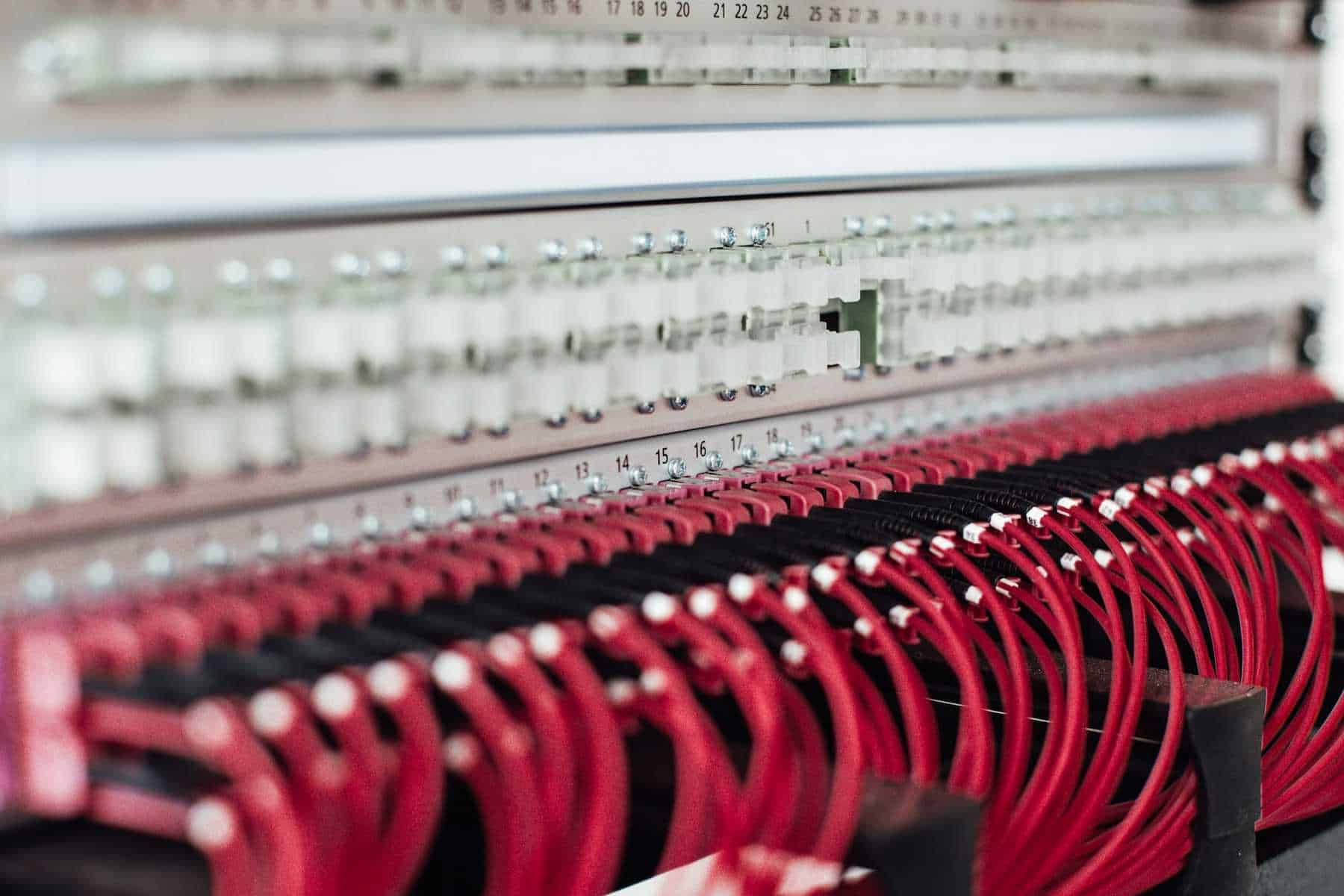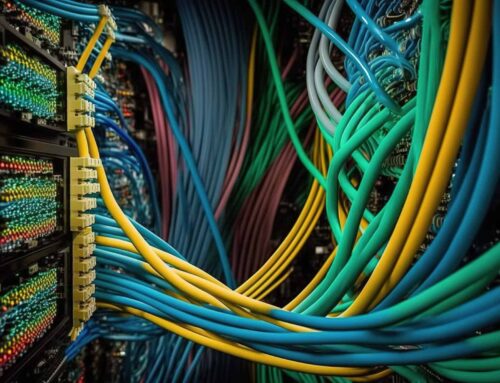IDF Rooms: What Are They & How To Correctly Design One

IDF rooms are an important part of the office for telecommunication companies. What is an IDF room? An IDF room is a small room or closet containing certain equipment. These rooms are used for managing the internet and telecommunications wiring and cables, both in the office and remotely. Telecommunications companies must have these rooms as they often have large offices and remote teams, as well.
The following guide explains further details about what these rooms are, how they work with an MDF room, and how you can design one for your telecommunications company. Read on to learn more.
What is an IDF Room?
IDF rooms are useful for telecommunication companies, especially if their offices are large. What does IDF stand for? IDF is an acronym for Intermediate Distribution Frame. It consists of a structure or frame used to organize wires and cables. In an IDF room, you’ll find all the right equipment, like cables, wires, and devices needed for distribution. These rooms must be the right size for the number of cables needed, and it is important to consider the power needs of your office, as well.
What is an IDF Room Used for?
The IDF network serves a very important purpose, to connect cables and wires to individual user lines. It also functions as a distribution point for many different cables connecting to different devices around the office. A multi-story office building should have a room with IDF technology on each floor.
IDFs are a vital part of managing IT sites. You may be asking yourself, “What goes into an IDF room, exactly, and what devices are part of the setup?” There are several key components to an effective IDF room.
The frame, which usually takes the form of a mounted or freestanding rack or cabinet, is the most important. Wires and cables are another part of the IDF room. The frame is where all of the wires and cables are kept organized. This rack helps protect the cables from becoming tangled or getting dusty. The racks also prevent the cables from being accidentally unplugged.
Power protection is another important component of an IDF room. You’ll want to protect your equipment by using a UPS system that is both good for the small space and scalable for your business. A good IDF room is clean, well organized, and keeps the cables and wires safe.
Should IDF Rooms be Stacked?
Does it matter where you put your IDF room? Yes, it does! If you are building a new office, and you can choose where to put your IDF rooms, you’ll want to choose a location that is most accessible. The cables and wires will be connected in a system that uses conduits or sleeves, so keeping things simple is best. Ideally, your IDF rooms will be centrally located on each floor and be stacked. This makes cable distribution so much easier.
What is the Difference between IDF and MDF?
You may be wondering about the MDF. IDFs work in conjunction with the MDF. What is an MDF room? MDF stands for main distribution frame. It is a rack with cables and wires, much like the IDF, that manages and interconnects itself with the IDFs. The IDFs always connect to the MDF. What is the difference between an MDF vs. IDF?
The MDF connects private or public lines that are coming into the office building, and the IDFs connect internal lines to the MDF. When it comes down to it, MDFs are absolutely vital to any office workspace, and they work with the IDFs to keep everything connected and functioning.
What are the Requirements for IDF Rooms?
Here are the specific requirements for an IDF room. IDFs should be a minimum of 75 square feet. The number of cables you need and your IDF switch will all depend on the needs of your company. Typically, you want shorter lengths, as this keeps things more manageable.
You must have an electrical outlet that will handle all of the cables and wires you will need. The standard 110 V outlets are often chosen for IDF rooms. You may need to go with a 220 V outlet; it all boils down to the wattage you’ll be drawing.
Inside the IDF closet, the temperature must be controlled, and ventilation is an important part of this. Lighting is also important; there must be enough light for maintenance staff to work in the IDF room. If there are cabinets, you will have full-sized or half-sized data cabinets. The IDF racks or cabinets should be bound to the floor or wall securely.
How to Design an IDF Room
When building an IDF room, it is important to get all of the IDF room requirements right. A poorly built IDF room will require more maintenance, so choosing the right equipment and building the room correctly will save time and money.
Firstly, it takes time to install an IDF room, so make sure you plan ahead and get started early. The IDF room layout and equipment needed will depend on the needs of your company and the size of your office. You’ll need to carefully consider how many cables you’ll be using and how long they’ll be, and this helps determine the size of your rack or cabinet before you build it.
When deciding the IDF layout, make sure ventilation is part of the plan. Ideally, an IDF room is kept between 65 and 85 degrees. The rack needs to be tall enough to keep all of the equipment organized. You’ll want a rack PDU or Power Distribution Unit that is resistant to high temperatures. All of this is vital when planning your IDF rooms.
Final Thoughts
IDF rooms are important for telecommunications offices. In this guide, we covered questions like “What is IDF room” and “What is the IDF meaning?” We also explained the requirements for the IDF room, their relationship with the MDF room, and how you can build one.
i.e. Smart Systems has solutions for all of your IDF room needs. Contact us today to learn more about our products and services.
About i.e.Smart Systems
i.e.Smart Systems is a Houston, TX based technology integration partner that specializes in design and installation of audio/visual technology and structured cabling. For more than three decades, our team of in-house experts has partnered with business owners, architectural firms, general contractors, construction managers, real estate developers, and designers in the Houston market, to deliver reliable, scalable solutions that align with their unique goals.




